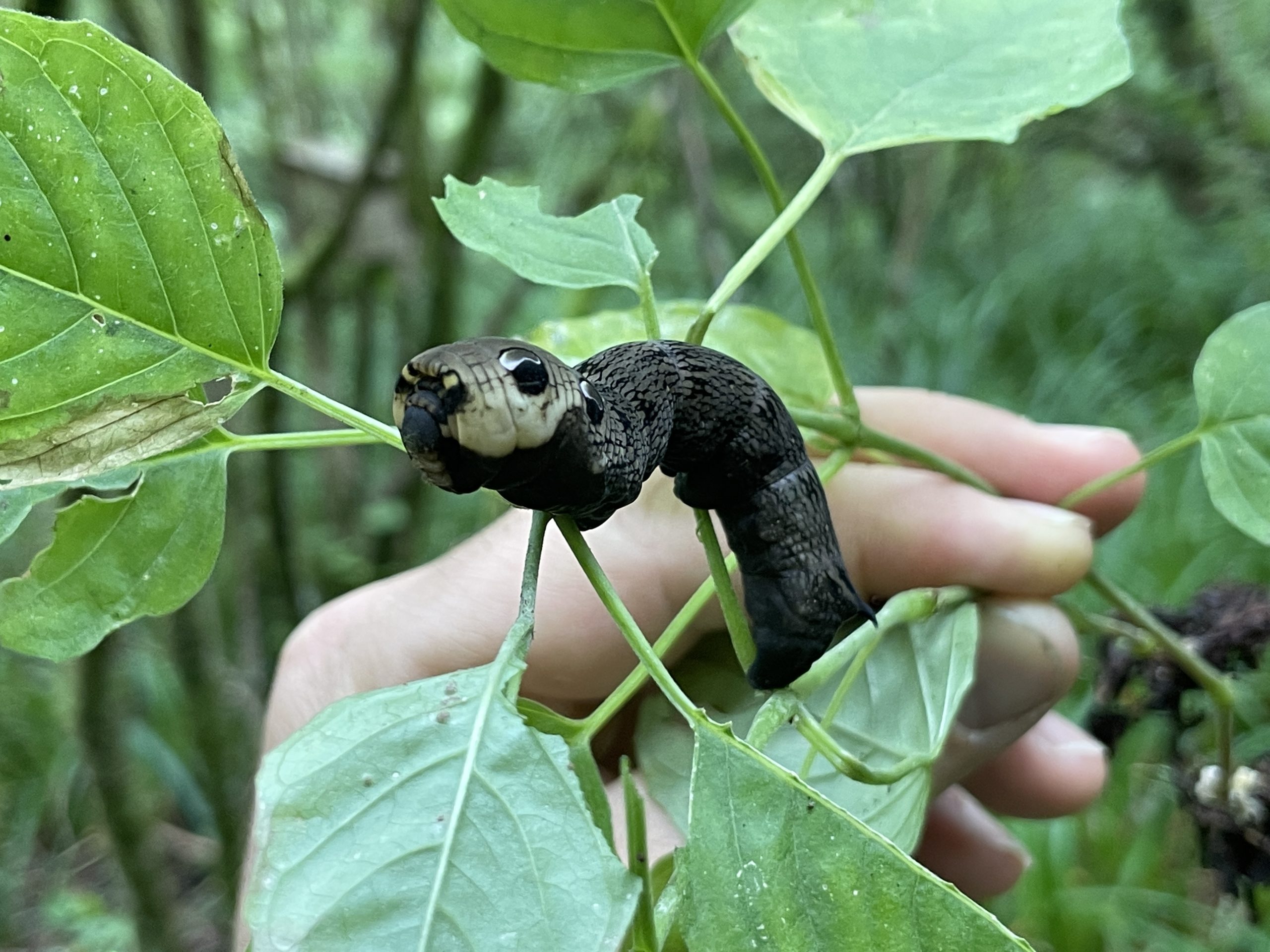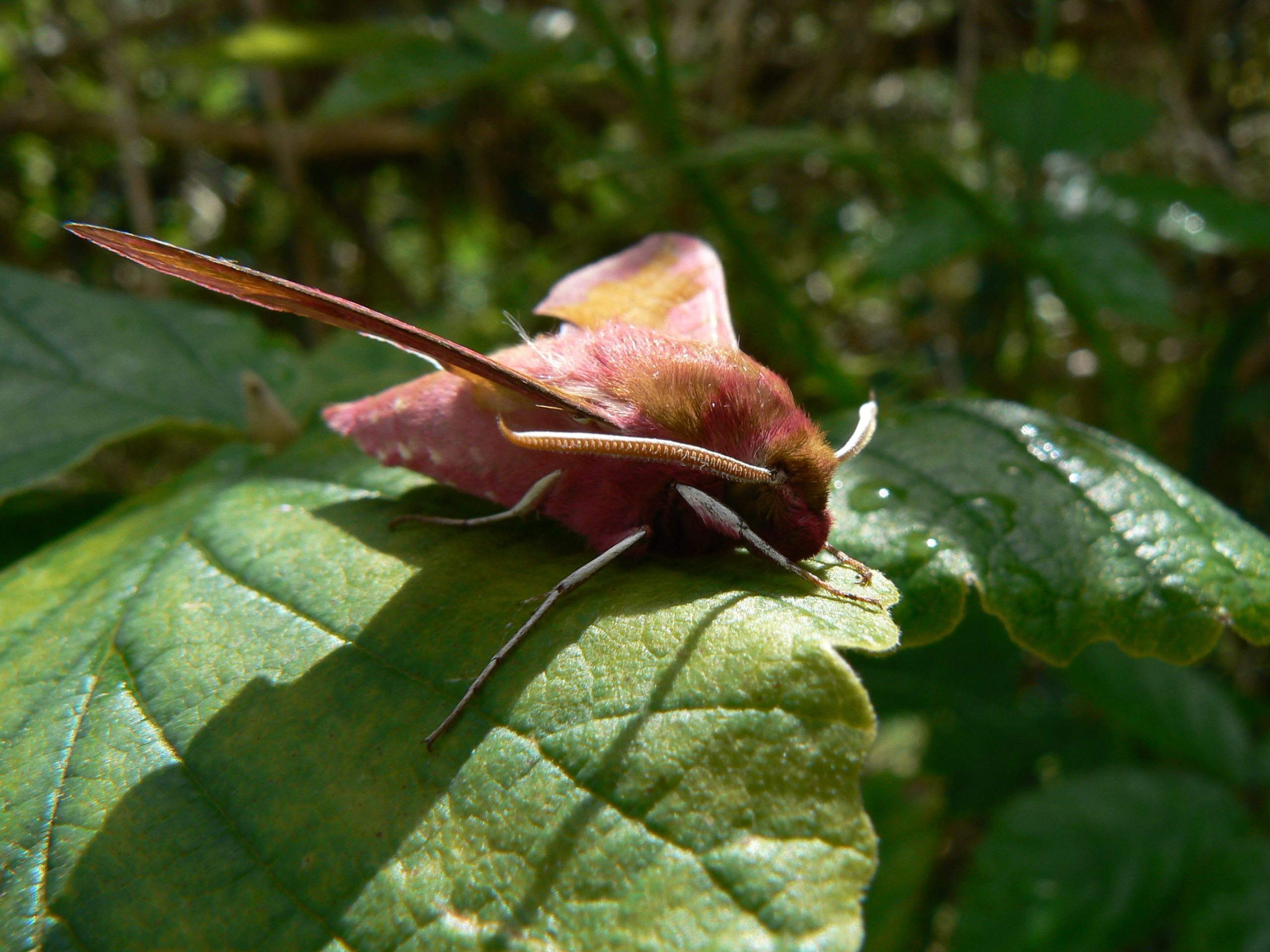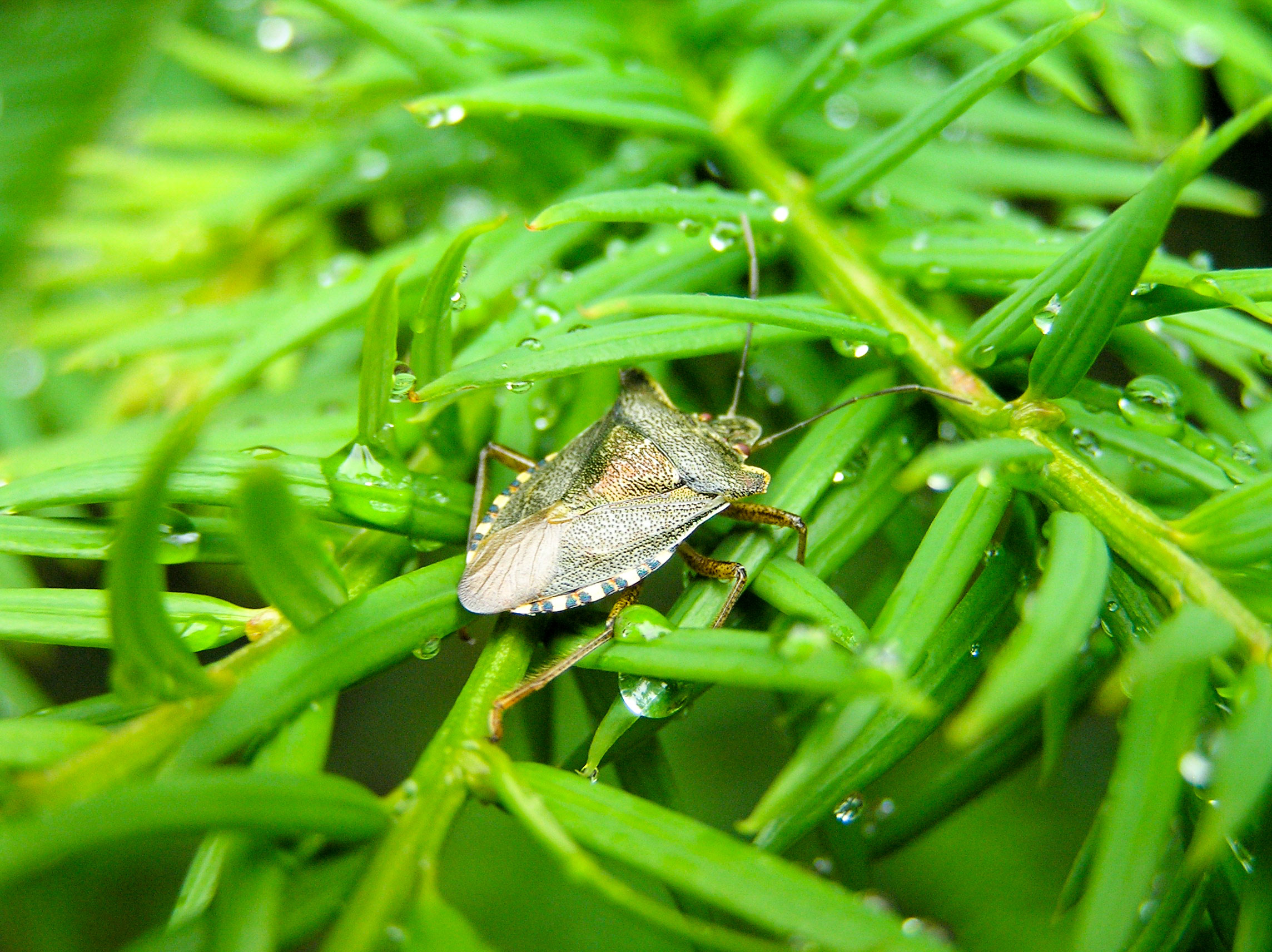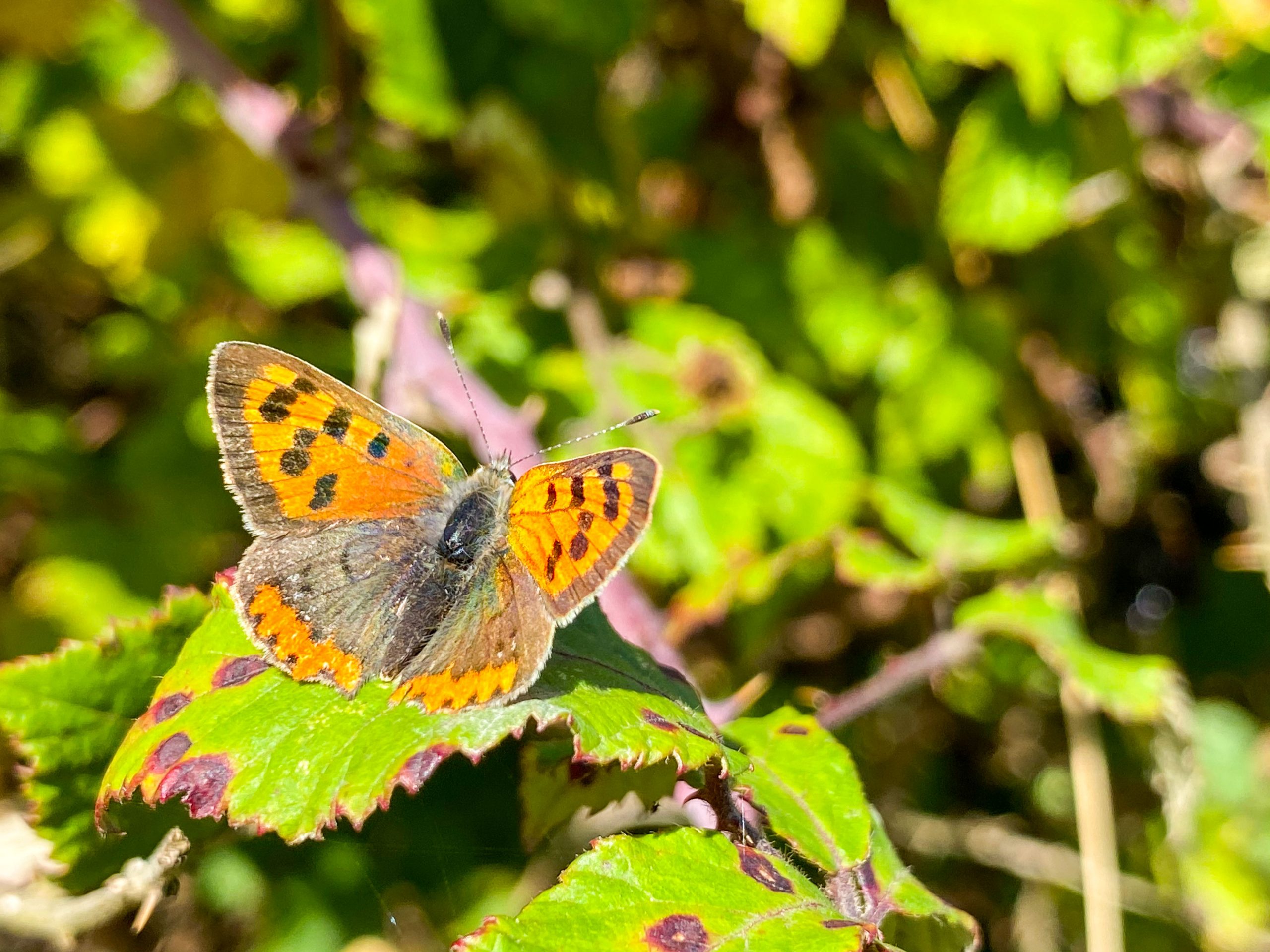In a nutshell…
When we say invertebrates are spineless, we’re not being mean. They really don’t have spines.
The UK is home to loads of fascinating invertebrate species, including earthworms, butterflies and spiders. They all have essential parts to play in the ecosystem. In fact, we wouldn’t be here without them.
Some invertebrate species are endangered now, which is why they’re legally protected. You could get into serious trouble if your project affects them.
So if your site seems like ideal habitat for invertebrates, you should get a survey done early in the planning process. That way, you know what you’re dealing with, and can figure out how to work around them.
We can help you with this. Just click the button above.
Want to know more about how it all works? Read on.
Why do you need an invertebrate survey?
Invertebrate surveys establish whether protected invertebrate species are using your site.
A survey is usually needed on larger sites containing priority habitats like woodlands, hedgerows, grasslands and brownfield land. These are often home to BAP-protected, nationally uncommon or rare species. The need for an invertebrate survey is often picked up in a Preliminary Ecological Appraisal.
Get in touch to discuss your project. We’ll let you know if you need an invertebrate survey.
What does the survey involve?
Survey efforts will vary depending on the proposals, site and habitat types.
You may only need a visual scoping survey by one of our experienced surveyors. If appropriate for your site, we may recommend a full invertebrate survey, which involves a series of monthly visits from late spring.
Here’s the process:
- Site visit – We’ll conduct thorough searches of all suitable habitats and water bodies on site. We’ll divide your site into habitat types, and use various methods to sample different invertebrate groups. These include:
- pan trapping pollinating insects
- sweep netting herbaceous vegetation
- spot-netting flying insects
- direct observation of larger insects such as butterflies and dragonflies
- pitfall trapping active ground-dwelling invertebrates
- suction sampling of ground-dwelling species
- beating woody vegetation
- hand searching of habitats like grass tussocks, rocks and stones
- Report – We’ll write up the survey results in a Phase 2 report. We’ll confirm the invertebrates present on your site, and highlight any notable species. We’ll assess any anticipated impacts to these species and design proportionate mitigation with your requirements in mind.
What if we find notable invertebrates?
Notable invertebrates only become a planning constraint when the populations are particularly large or when exceptionally rare species are found. Any projects likely to impact protected invertebrates should use mitigation and avoidance techniques.
For most other invertebrates, mitigation is often site-specific and dependent on survey results. We can design a mitigation strategy to protect the species on your site within the scope of your project.
Invertebrate mitigation is often as simple as allowing areas to be unmanaged, or planting vegetation to improve habitat corridors. We often use these methods in our projects as standard, and can assist in implementing them too.
Species status and protection
Three invertebrate species are European Protected Species, and therefore legally protected in the UK – the large blue butterfly, Fisher’s estuarine moth and the lesser whirlpool ram’s-horn snail. You’ll need a European Protected Species Licence for any works that significantly disturb them.
Around 45 invertebrate species have full legal protection under the Wildlife & Countryside Act 1981 (as amended), with a further 21 species having partial protection. For species protected under the Wildlife and Countryside Act, licences are not issued for development purposes. Natural England will only authorise licences for conservation purposes where the proposed work is demonstrated to be essential.
Approximately 400 species of invertebrates are also priority species in the UK Biodiversity Action Plan (BAP) and have been adopted as Species of Principal Importance under Section 41 of the NERC Act (2006).
Additionally, we’ll take species listed in the Red Data Book, as well as other locally notable species, into account during ecological assessment.
For more information on invertebrate surveys in the South East and South West, contact us now.



